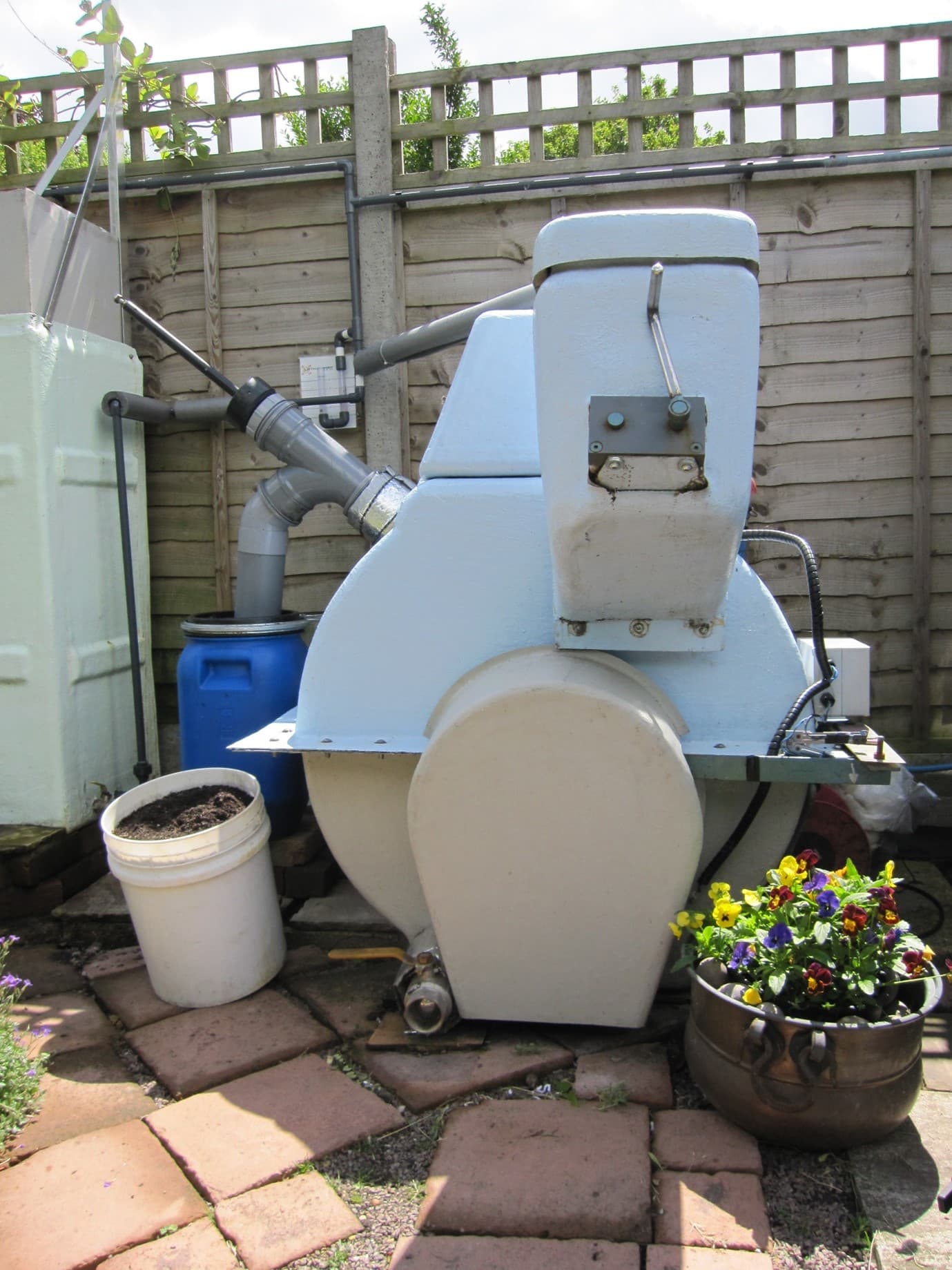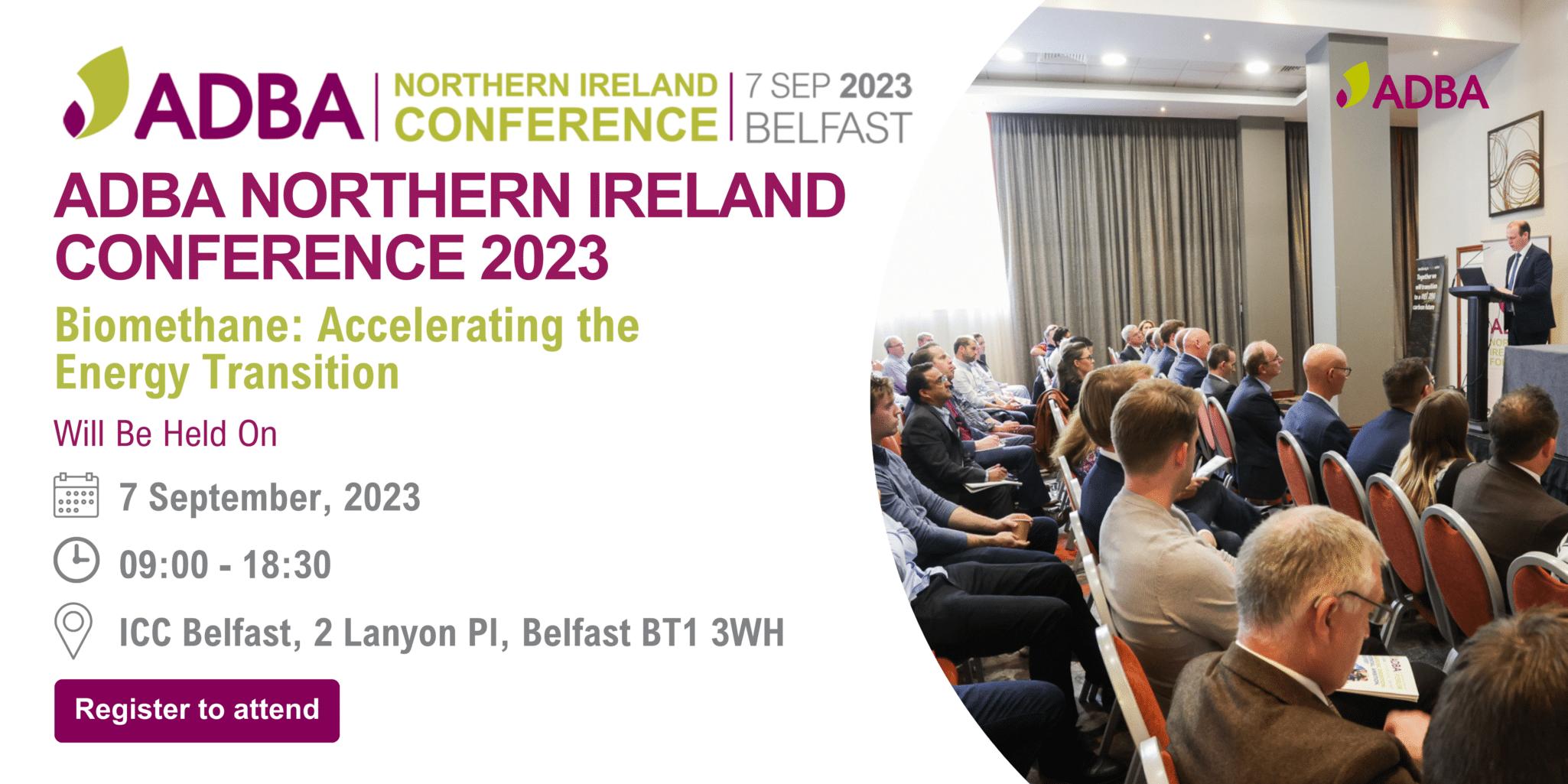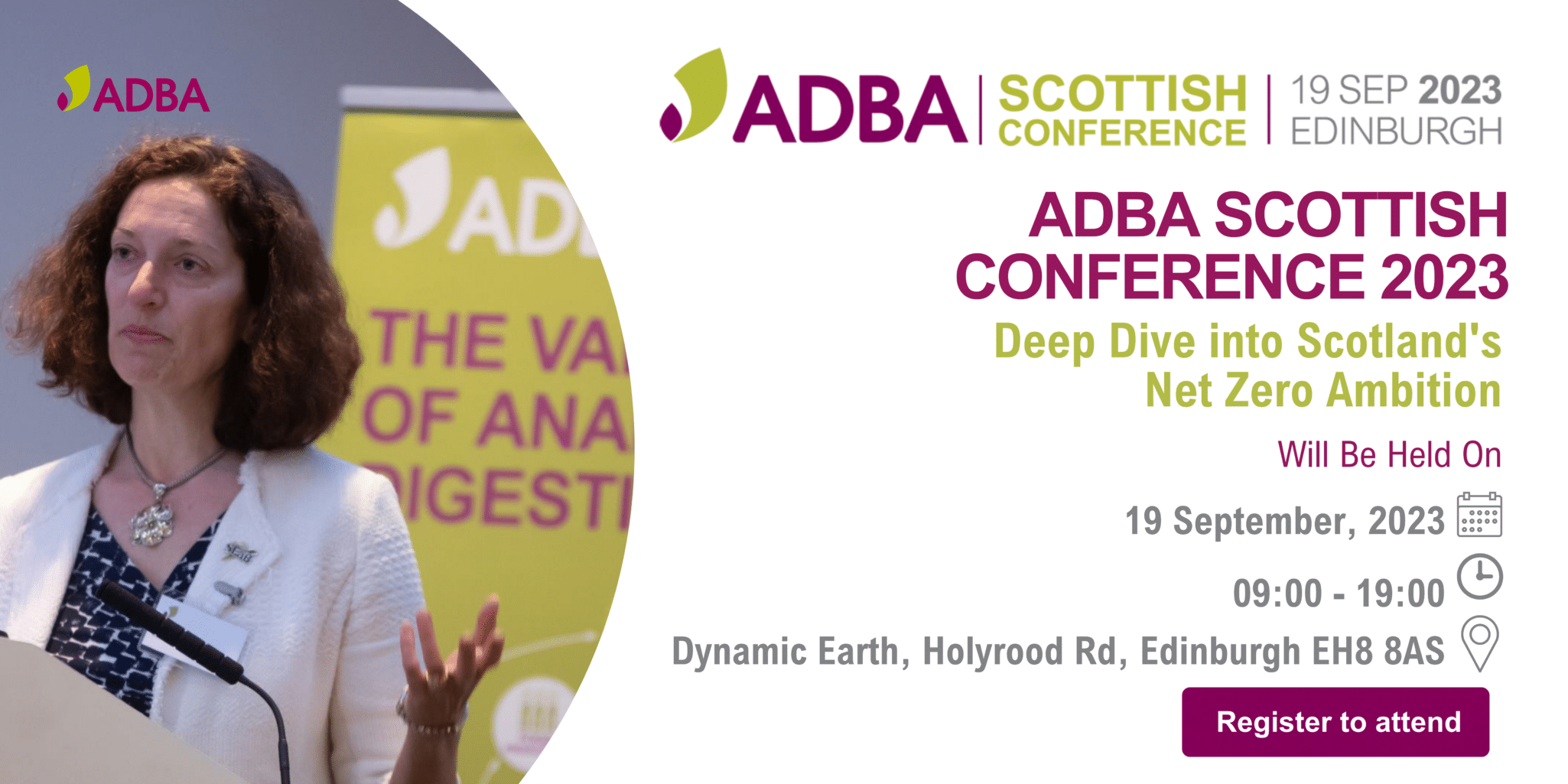Bioresources include technologies and processes which are complementary to the AD process and can help increase profitability and efficiency. These technologies represent a significant opportunity to existing ADBA members as ways to optimise the value of AD’s products, including the development of new products that command a higher market value. At the same time as reducing the industries dependency on government support and ensuring that ADBA and its members keep ahead of the curve when it comes to emerging technologies that could compete for existing feedstocks.


Credit: Angela Bywater
Some examples of the technologies and processes that are now included in ADBA’s remit under the umbrella term ‘bioresources’ are:
- Gases
Presently, biogas is either used in a CHP unit or upgraded to biomethane ready for grid injection or use as a transport fuel. However, refining biogas can alternatively produce renewable platform chemicals, such as syngas. Typically derived from fossil fuels, these gases are widely used in the petrochemical industry to create a wide range products, from plastics to lubricants. - Digestate
Digestate is the inevitable by-product of producing biogas via anaerobic digestion. Used correctly, it is a nutrient-rich, natural fertiliser (also known as organic fertiliser) that enriches and replenishes the soil, whilst simultaneously helping society to deal with the ever increasing quantity of organic waste. - Bioplastics
Volatile fatty acids produced during the AD process can be used to make bioplastics which can be used in packaging. Reducing dependence on oil-based plastics and potentially closing the loop. - Algae
Algae links with AD in several possible ways as pre or post treatment with the heat or electricity from the AD plant running this additional process. - Energy storage
Storing both heat and electricity is really important and a key challenge for renewable technologies - Heating
Using electricity to heat homes is incredibly inefficient. Finding ways to use the heat generated by existing AD plants to heat homes and commercial buildings reduces energy consumption and increases the efficiency and therefore return on investment of your existing AD plant - Electricity
Generating electricity is still by and large a fairly inefficient process. Improving the efficiency of this conversion rate would clearly increase the amount of electricity our industry could generate from existing feedstock volumes. - Chemicals
During the AD process long chain volatile fatty acids are made. Instead of breaking down this molecules to make methane which we burn for energy. We could use them as building blocks to make other chemicals.
“We want to support our members to take advantage of the huge potential of these novel emerging technologies, so that the industry can continue to support the UK to make the best use of its available resources.”
Charlotte Morton, ADBA Chief Executive




